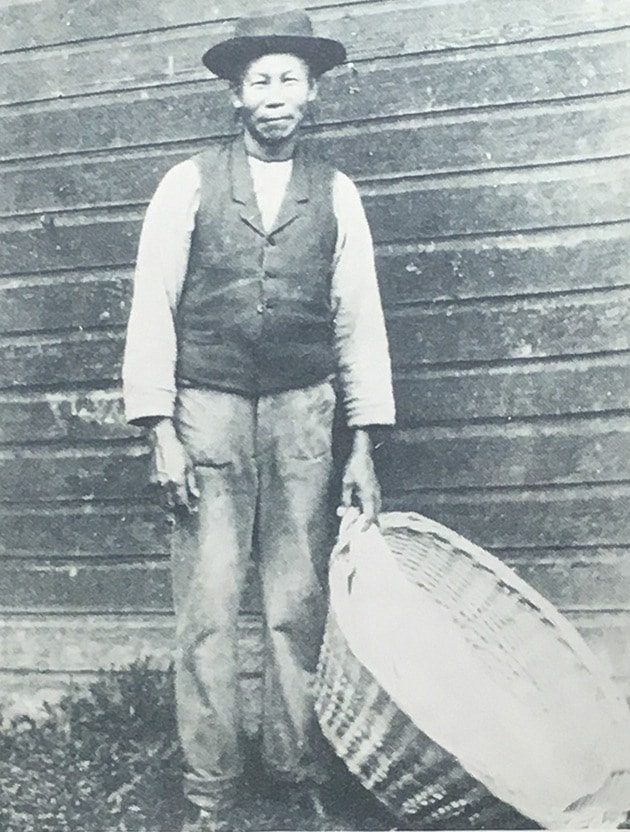If you are a newcomer to the Grand Forks community like me, or even if you are a long-time resident, you might be surprised to learn that Grand Forks was once home to a Chinatown district.
Today, there is little evidence remaining to suggest that it once existed, although it once thrived for nearly 30 years due to the gold rush and the mining opportunities in the Boundary region.
Chinese immigrants first began arriving in B..C in 1858, attracted by the promise of gold and a new, prosperous life. Many worked in the Fraser River gold fields, and when gold was discovered at Rock Creek in 1859, Chinese miners flocked to the Boundary area.
By 1864, nearly 17,000 men had come from China to mine, build roads and complete the most dangerous work on the Trans Canada railroad. Once the railway was finished and the gold rush had passed, Chinese workers turned to other jobs and began to settle in towns throughout B.C., including Grand Forks.
From the late 1890s to the late 1920s, Grand Forks had its own thriving Chinatown at the convergence of the Kettle and Granby Rivers. The heart of Chinatown was on Riverside Avenue, just south of today’s 72nd Avenue.
Between 1899-1938, a total of 22 Chinese-owned properties existed in Grand Forks. Of these 22 buildings, six were laundries and one was a Chinese mercantile store. Joe Kee held property in Grand Forks for the longest period of time, from 1909-1938.
While the Chinese had a presence in Grand Forks for about 30 years, they were never truly accepted into the community, and many discriminatory restrictions were placed on them. As a group they were distrusted and resented, and for a period they were not allowed to buy property.
Chinese workers were restricted to the positions of labourers, houseboys or laundry operators. Some single men who worked at Consolidated Liquor Supplies hired Chinese houseboys for cooking and cleaning. The “Phoenix Club” cabin at Christina Lake had a Chinese cook.
Many Chinese workers owned laundry facilities, working from dawn to dusk for half the wage of a white laundryman. Others were employed as labourers in the mines and smelters around Grand Forks.
The Chinese community began leaving Grand Forks in the 1920s, drawn to the job opportunities in Vancouver. Once the smelters and mines around Grand Forks began to close, there were less job opportunities for Chinese labourers, and there was less business for the laundries once the labourers began leaving town. Thus, many left Grand Forks in order to find opportunity elsewhere.
While some did stay, the Chinatown district slowly ceased to exist, and today there is nothing remaining of the Chinatown in Grand Forks.
To learn more about the historical Chinese community in Grand Forks, visit us at the Boundary Museum Society Archival Service. We are open Tuesday, Wednesday, Thursday from 9 a.m. – 3 p.m. Contact us at 250-442-8266 ext. 60126 or at boundarycommunityarchives@outlook.com, or drop by at 7217 4th Street, Grand Forks (City Hall).
